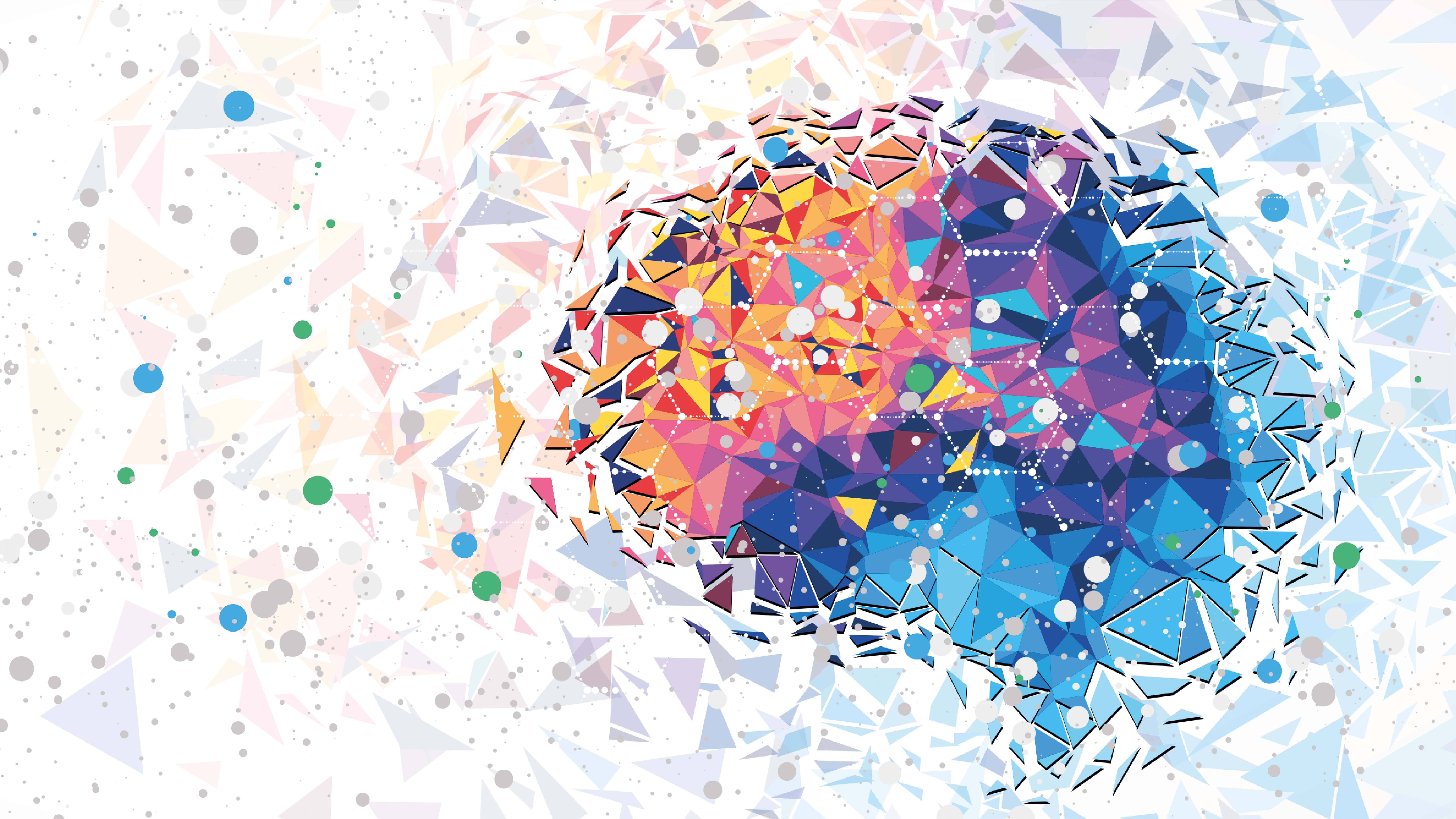Assessing mental health with artificial intelligence
Date:
Changed on 26/10/2021

Mental health issues have been increasing worldwide, with the WHO determining that there has been a 13% increase in mental health conditions and substance abuse disorders between 2007 and 2017. The burden these diseases place on society is extensive, negatively impacting nearly every area of life: school, work, family, friends, and community engagement.
Among the many issues impeding the ability of society to address these disorders is that diagnoses of such health issues requires specialists; the availability of which ranges drastically across the globe.
The development of machine learning methodology for the purposes of facilitating mental-health assessments could provide a much needed additional means to help detect, prevent and treat such health issues.
To develop AI models sensitive to mental health, the researchers at Inria (Saclay – Île-de-France) and their colleagues turned to the UK Biobank for the data needed. The UK Biobank stores not just biological and medical data, but also questionnaire data about personal circumstances and habits, such as age, education, tobacco and alcohol use, sleep duration and physical exercise. Specific for this study, these questionnaires also include sociodemographic and behavioural data, such as moods and sentiments of the individuals, and biological data includes Magnetic Resonance (MR) images of 10,000 participants’ brain scans.
The Inria scientists combined these two data sources to build models that approximate measures for brain age, and scientifically defined intelligence and neuroticism traits. These serve as “proxy measures,” which are indirect measurements that strongly correlate with specific diseases or outcomes that cannot be measured directly.
Developing approximations in this way has been successfully employed in the past for predicting “brain age” from MR images. This previous body of neuro-clinical work served as a starting point for Denis Engemann and his team.
Verbatim
In this work, we generalized this methodology in two ways. First, we demonstrated that, beyond biological aging, the same proxy-measure framework is applicable to constructs more directly related to mental health. Second, we showed that useful proxy measures can be derived from other inputs than brain images, such as sociodemographic and behavioral data.
Auteur
Poste
Researcher, Parietal team, Inria Saclay
The researchers validated their “proxy measures” by demonstrating the same results in a separate subset of UK Biobank data.
The results of the work here provide a glimpse into a future where psychologists and machine learning models could work hand-in-hand to produce increasingly fine-grained and personalized mental assessments. For example, in the future clients or patients may grant a machine learning model secured access to their social media accounts or their mobile phone data, to then return proxy measures that are useful to both the client and the mental health or education expert.
However, while AI can provide much needed assessment tools, human interaction will still be essential, as Engemann points out: “What is not going to change is that mental health practitioners will need to carefully interpret and contextualize test results on a case-by-case basis and through social interaction, whether they are obtained using machine learning or classical testing.”
This research at the intersection of AI, neuroscience and mental health was made possible by a close collaboration between machine learning specialists and mental health experts, including Josselin Houenou, Professor of Psychiatry at Assistance publique – Hôpitaux de Paris, and Danilo Bzdok, Associate Professor at McGill University & Canada CIFAR Artificial Intelligence Chair at Mila Quebec AI Institute, Montreal.
GigaScience is co-published by GigaScience Press, a division of BGI, and Oxford University Press. The journal covers research that uses or produces 'big data' from the full spectrum of the life sciences. It also serves as a forum for discussing the difficulties of and unique needs for handling large-scale data from all areas of the life sciences. The journal has a completely novel publication format -- one that integrates manuscript publication with complete data hosting, and analyses tool incorporation. To encourage transparent reporting of scientific research as well as enable future access and analyses, it is a requirement of manuscript submission to GigaScience that all supporting data and source code be made available in the GigaScience database, GigaDB, as well as in publicly available repositories. GigaScience will provide users access to associated online tools and workflows, and has integrated a data analysis platform, maximizing the potential utility and re-use of data.